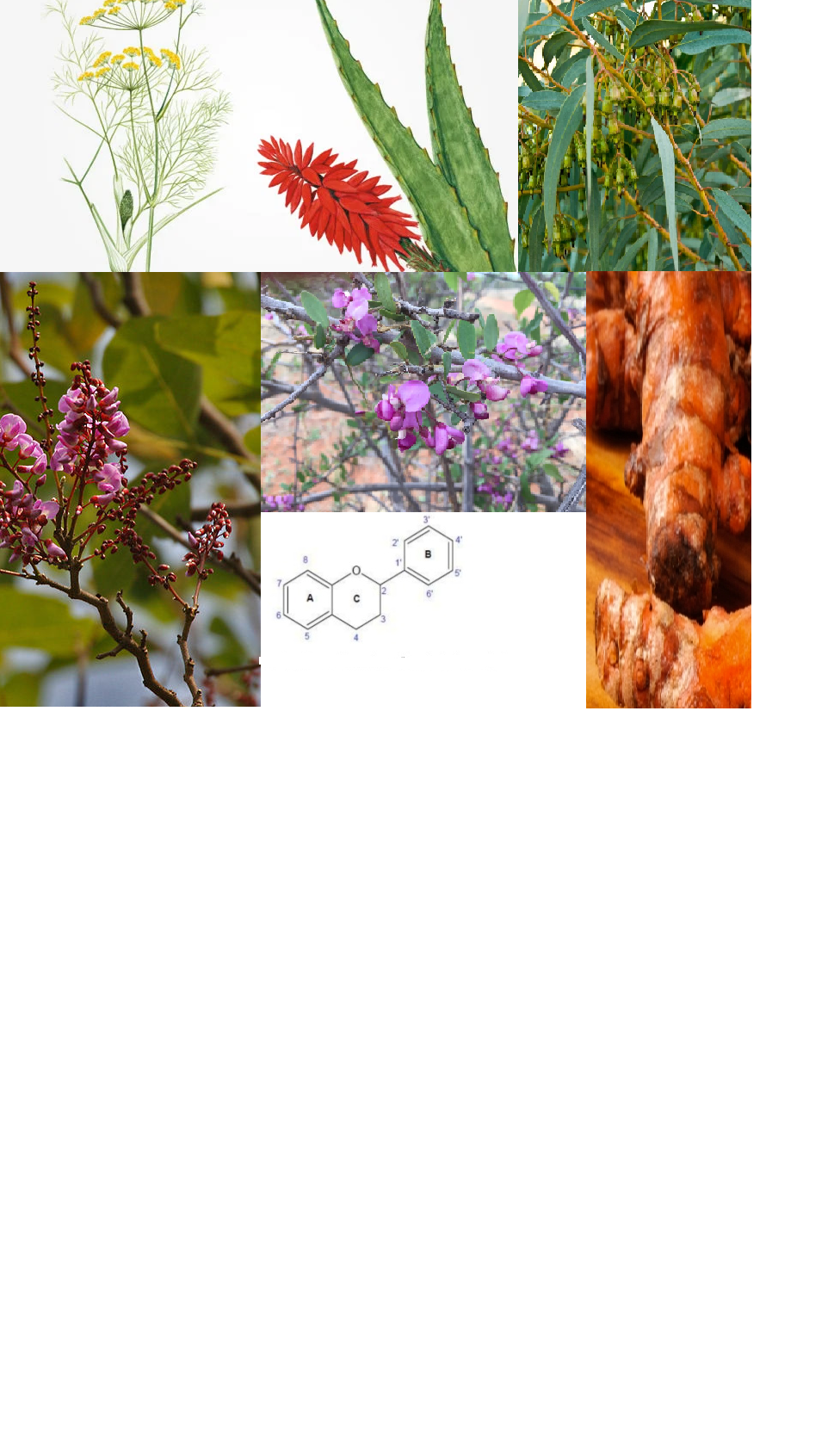Qualité de la mangrove of São Francisco do Conde-BA, basée sur une analysis sédimentaire et une photoextraction du plomb
Keywords:
Manguezal, Chumbo, Rhizophora mangleAbstract
Mangroves are typical ecosystems of tropical regions that have been suffering great environmental pressures as a result of human activities. Due to the lead processing activities carried out in Santo Amaro, the municipality suffered from the contamination of the population and the environment, mainly the Subaé River, which has its mouth in the Baia de Todos os Santos. Knowing this, the present work had as general objective to verify the presence of lead in the mangrove of São Francisco do Conde - BA, and specific objectives: to analyze if there is absorption of lead by Rhizophora mangle; investigate its bioavailability in the sediment. For this, three points were chosen in the mangrove and at each point two individuals of R. mangle were chosen randomly and 60 leaves were removed from each, in addition to 100 g of sediment around the chosen plants. It was possible to find lead in the 3 sediment samples, being 100.33 mg/Kg, the highest value found, however, no lead was detected in the leaves, leading to the hypothesis that the metal is not bioavailable. Thus, complementary studies are recommended to understand the dynamics of the plant with the contaminant and the geochemical characteristics of the studied area and, thus, monitor the pollution, reducing the contact of the population with the contaminant.








